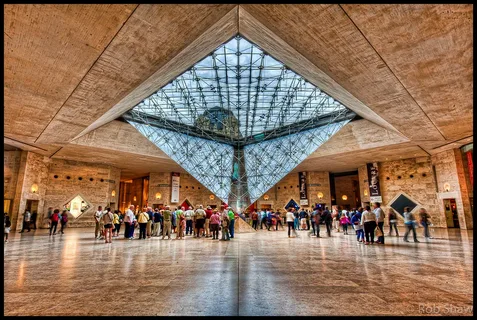As the architecture and construction industries evolve, modern buildings are increasingly designed with sustainability, efficiency, and aesthetics in mind. One emerging area that blends these three goals is louvre solutions—architectural elements traditionally used for ventilation, sun control, and privacy. Today, innovations in louvre solutions are revolutionizing building design, making structures more intelligent, eco-friendly, and visually striking. This article explores the latest trends in louvre systems and how they are shaping the future of architecture.
1. Smart Louvre Systems for Adaptive Architecture
One of the most exciting trends shaping the future of building design is the integration of smart technology with traditional louvre systems. Advanced sensors and automation now enable louvres to respond to environmental conditions in real time. For example, automated louvre systems can adjust angles based on sunlight intensity, wind direction, or indoor temperature—enhancing occupant comfort while reducing energy usage.
This responsive design approach not only supports green building standards but also promotes healthier indoor environments. With climate-responsive facades gaining popularity, smart louvre systems are becoming a staple in high-performance architecture.
2. Sustainability and Energy Efficiency
Environmental sustainability remains a central focus in modern building design. Innovations in louvre solutions are playing a crucial role in reducing a building’s carbon footprint. By controlling heat gain and loss, louvres help optimize natural ventilation and daylighting, thereby lowering the dependency on artificial heating, cooling, and lighting.
Materials used in new louvre designs are also becoming more eco-conscious, including recycled metals, bio-based composites, and even solar-integrated panels. These innovations contribute to certifications like LEED, BREEAM, and WELL, making buildings more environmentally responsible and cost-effective.
3. Customization and Aesthetic Integration
Gone are the days when louvres were purely functional. Today, architects and designers view them as artistic elements that enhance a building’s exterior. Thanks to advances in fabrication technologies like laser cutting and 3D modeling, louvres can be customized to align with any architectural vision—from minimalistic to avant-garde.
Innovations in louvre solutions allow for greater flexibility in design, including adjustable shapes, materials, and finishes. Perforated panels, kinetic facades, and integrated lighting are just some of the features now incorporated into modern louvre systems, transforming building facades into dynamic and visually compelling structures.
4. Modular and Prefabricated Louvre Systems
Another trend reshaping the construction landscape is the rise of modular and prefabricated components. Louvre solutions are no exception. Manufacturers are now offering pre-assembled louvre modules that simplify on-site installation, reduce labor costs, and minimize construction timelines.
These modular systems also ensure greater precision and quality control, which is especially important for large-scale commercial and institutional projects. Prefabrication makes it easier to meet complex architectural specifications while maintaining performance standards.
Conclusion
The convergence of technology, sustainability, and design innovation is transforming the way we think about louvre systems in architecture. Innovations in louvre solutions: trends shaping the future of building design show how these versatile elements can do much more than regulate light and airflow—they now contribute to smarter, greener, and more beautiful buildings. As the industry continues to push boundaries, expect louvre systems to play an even bigger role in the architectural innovations of tomorrow.

